Ratchet and Clank: Rift Apart reminds us that our bodies don't have to define us
During the early events of Ratchet and Clank: Rift Apart, the titular duo are separated, and after a rough landing, Clank is damaged.
In fact, one of Clank's arms is completely gone when the game's other protagonist, Rivet, finds him. The two are a serendipitous duo for more than their dimension hopping; Rivet is also missing an arm, using a robotic prosthetic in its place. The Lombax cheerily notes that they match in this way, trying to bring some levity to Clank.
Through their time together, Rift Apart demonstrates the fact that people with disabilities are not inherently broken and can find worth and confidence within themselves regardless of outside perceptions of their functionality.
Part of Rivet's half of the quest to defeat Dr. Nefarious is to go to Torren IV to find The Fixer, someone the Morts say is capable of fixing anything--including a piece of broken Phase Quartz. Upon arriving, Rivet and Clank find out that The Fixer is a giant robot that is currently turned off while the locals make repairs. Eager to get going, the pair rail grind their way to the giant and wake him up. Turns out, there was a reason he was shut down.
The Fixer has cracked under the pressure of his title and purpose. Bad things happen, and there are some things even he can't fix. Seeing Clank's damaged body exacerbates the giant's existential crisis. He goes on a rampage pursuing the pair, ranting about how things that are broken just have to accept their brokenness. Clank realizes the other robot is talking about him, but before he can allow it to really sink in, Rivet immediately responds: "If you're broken, then I'm broken. And I think we're pretty cool."
Despite falling into the trope of a disabled character who "overcomes" their disability by using a robotic prosthetic, Rivet is still a better than average example of disability representation. She is both confident and competent, refusing to be labelled as broken or less than by anyone for any reason. We see the impact of this positive representation first hand in the game itself. As the encounter with The Fixer comes to a close, Clank stops his rampage by explaining that thanks to the chase and Rivet, he knows he's not broken. He thanks The Fixer for fixing him by helping him to realize that there's nothing wrong with his body as it is now.
Upon reuniting with Ratchet, the other Lombax is immediately concerned about Clank's missing arm. But the little robot assures his friend that he's okay, and is even starting to adjust to his new look, shooting a glance that implies Rivet is to blame. Ratchet accepts Clank's decision about his body immediately.
There is no pressure or disbelief from either Lombax that Clank would want to stay the way he is for now. Clank's choice is treated with just as much validity as Rivet's use of her prosthetic by the characters simply not batting an eye at it. Their concern ultimately lies in if Clank is in pain or having a hard time, so if that's not the case, they're happy to accept their friend however he decides to be.
At least through the end of this game, that acceptance remains consistent. There's no quest to "fix" Clank before the big final battle, or anything like that. Instead, he remains on Ratchet's back with just one arm, and no one brings it up again.
I don't think there's such a thing as "perfect" representation, but the effects of seeing oneself in media cannot be ignored. Ratchet and Clank: Rift Apart drives this home by reminding us that our bodies don't have to define us through Rivet's example to Clank, and both Lombaxes' respect of Clank's autonomy.




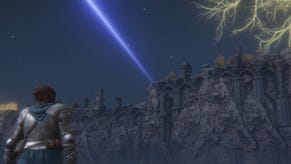
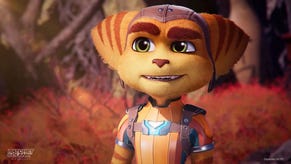

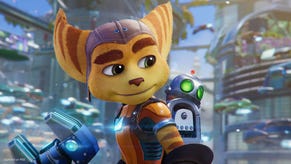


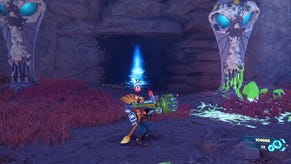
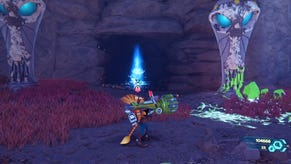



_ddwYK80.png?width=291&height=164&fit=crop&quality=80&format=jpg&auto=webp)



